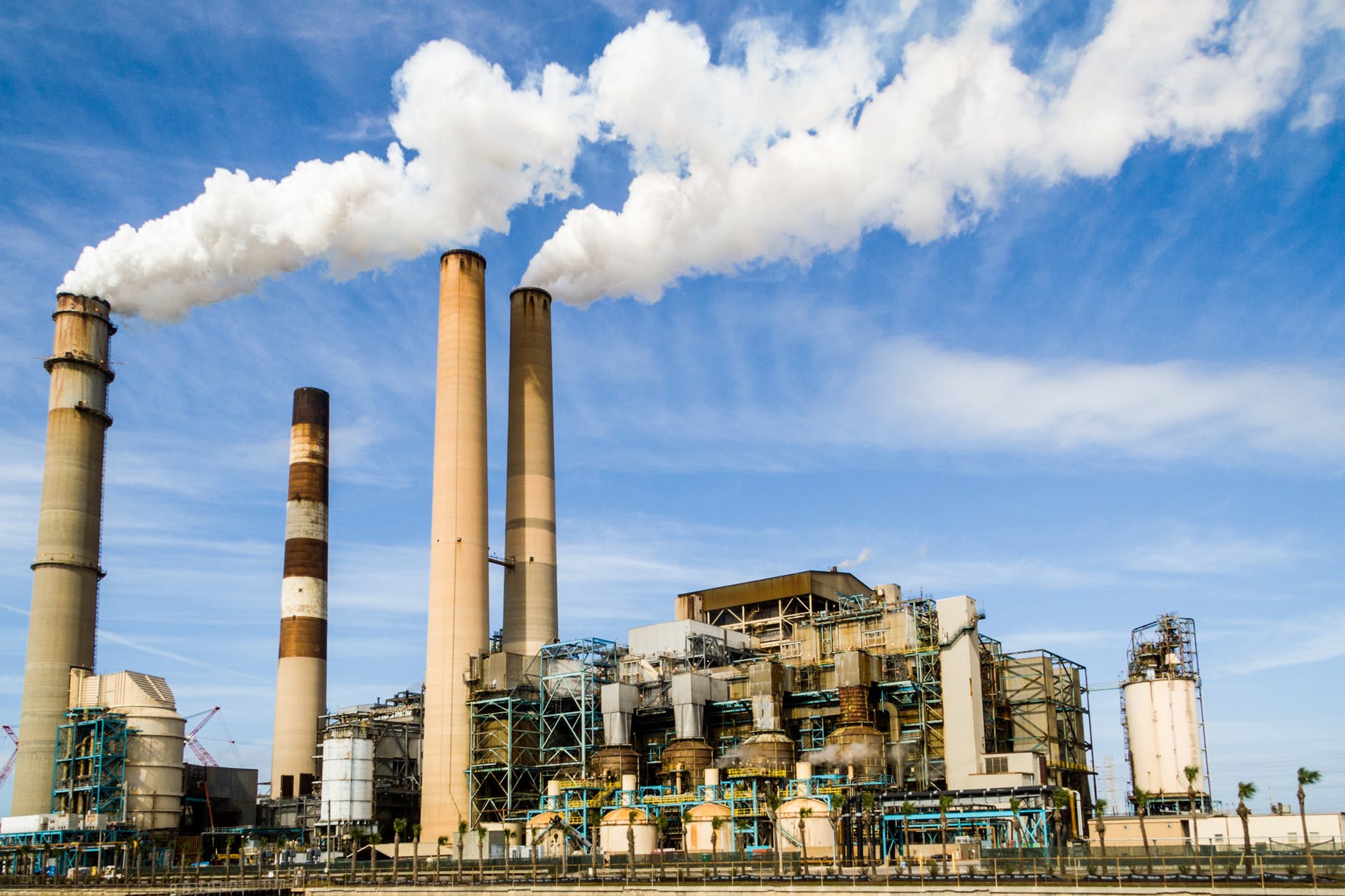At first glance, energy democracy is a funny term. Are we worried about a coalition of coal and natural gas blocking amendments to a bill from wind and solar? Is nuclear over in the corner putting forth reasonable proposals while everyone backs away slowly because of rumors regarding her volatile temper?

Solar Farm by Michael Mees via a CC BY 2.0
Energy democracy is actually about bringing self-determination of communities back to energy generation, storage, and distribution. Not that long ago, most of society ran on locally-sourced energy. The bulk of this was in the form of windmills, water wheels, and wood-burning fires. As fossil fuels took the stage during the industrial revolution, energy supply and demand became estranged. Economies of scale for fossil fuel-based energy generation led to the creation of large power plants that supply power over an interconnected grid.
The 21st Century has seen the return of distributed energy sources. While solar and wind get the headlines, small modular reactors (SMRs), in-stream hydro, tidal, geothermal, and other distributed energy sources are showing promise as well. While the growth of these distributed generation technologies is good for decentralized solarpunk communities, it creates a point of friction with the existing centralized power grid. This is why when incumbent utilities do support renewables, they still want to build large, utility-scale projects. Nevada has had the most public battle over net metering in recent years, but many utilities have tried to suppress energy decentralization by pressuring legislators. In states like Virginia, where two companies have a monopoly on 80% of the energy market, it’s easy to see where problems might arise.

Photo by Pixabay on Pexels.com
There are some technical problems with energy decentralization which stem from the centralized past of the grid. As David Roberts explains at Vox, the grid was designed for one-way power flows from generation to distribution to end user. Solar, wind, and other distributed energy sources upend this model, sending power from the end-of-the-line back into the grid. There are several possible ways to overcome these difficulties ranging from going off-grid completely to piping every single generation source back into one giant grid managed by a central authority. For a solarpunk future, one possible option is the “decentralized, layered-decomposition optimization structure.” In this arrangement, the responsibilities of generation sources are held locally, but communities can still exchange power on an overarching, interconnected grid.
In some communities, such as Boulder, CO, the people have decided to municipalize their energy grid. Putting the grid into public hands makes it easier to align incentives between homeowners with rooftop solar, community-based generation projects, and the needs of all the users on the grid. Utility monopolies have to maximize profit and maintain the status quo. Energy democracy brings the power to the people, who can build a grid that uses distributed generation for a more robust, environmentally friendly, and healthy grid. The most extreme example of calls for energy democracy at the moment is the suggestion of a public takeover of PG&E. For more on areas that are flexing their energy democracy muscles, check out the Institute for Local Self-Reliance’s Community Power Map.
Do you have any energy democracy projects in your area? Let us know how your communities are fighting monopoly power and bringing clean, distributed power to the people.
Pingback: Rethinking batteries | Solarpunk Station